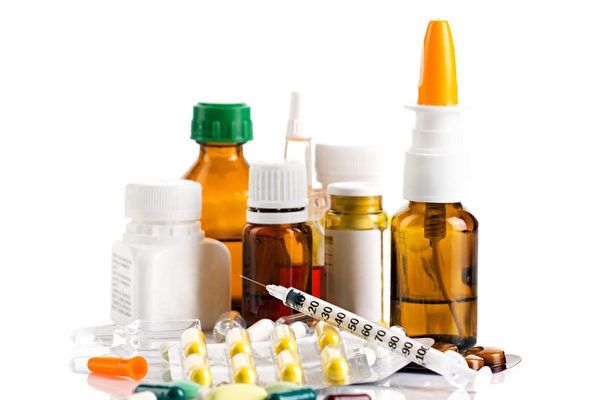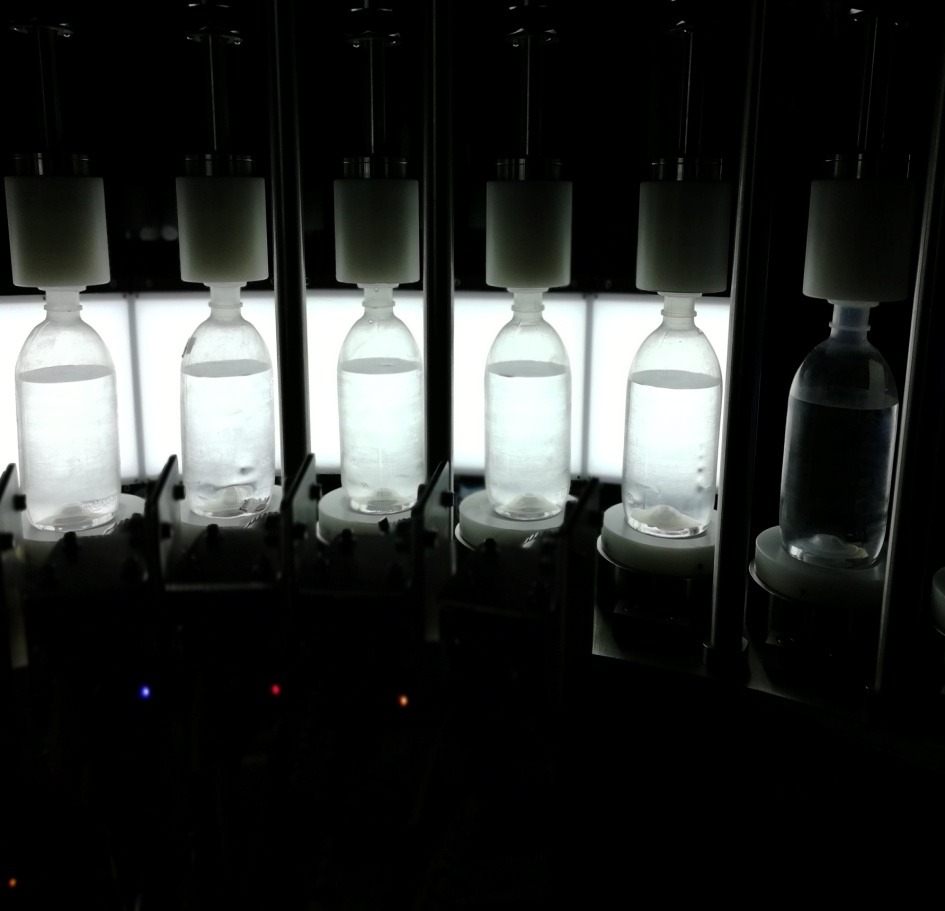In the fast-paced realm of pharmaceutical manufacturing, the packaging stage holds immense significance. Beyond mere containment, pharmaceutical packaging ensures product integrity, safety, and compliance with regulatory standards. As technology advances and consumer demands evolve, the pharmaceutical packaging equipment market experiences constant innovation and transformation. In this article, we delve into the dynamics of the pharmaceutical packaging equipment market, exploring key trends, drivers, challenges, and future projections.
Understanding the Pharmaceutical Packaging Equipment Market:
The pharmaceutical packaging equipment market encompasses a wide array of machinery and technologies designed to package pharmaceutical products efficiently and securely. From primary packaging, such as blister packs and vials, to secondary packaging, including cartoners and labelers, the market caters to diverse packaging needs across the pharmaceutical industry.
Key Trends Shaping the Market:
1. Automation and Robotics: Increasing demand for efficiency and precision drives the adoption of automated packaging solutions, incorporating robotics for tasks such as filling, capping, and labeling.
2. Sustainability: Growing environmental consciousness prompts pharmaceutical companies to seek eco-friendly packaging solutions, driving innovation in recyclable materials and reduced packaging waste.
3. Serialization and Track-and-Trace: Stringent regulatory requirements and the need to combat counterfeit drugs fuel the integration of serialization and track-and-trace capabilities into packaging equipment.
4. Flexible Packaging:The trend towards personalized medicine and smaller batch sizes drives the demand for flexible packaging solutions, enabling agility and customization in pharmaceutical packaging operations.
Drivers of Market Growth:
1. Rising Pharmaceutical Production: Increasing demand for pharmaceutical products, driven by population growth, aging demographics, and the prevalence of chronic diseases, fuels the demand for packaging equipment.
2.Stringent Regulatory Requirements: Regulatory mandates, such as serialization, tamper-evident packaging, and child-resistant packaging regulations, drive investment in advanced packaging equipment to ensure compliance.
3. Technological Advancements:Ongoing technological innovations, including smart packaging, digital printing, and advanced materials, drive the adoption of next-generation packaging equipment.
Challenges and Opportunities:
1. Cost Constraints: High initial investment costs associated with advanced packaging equipment pose a challenge for small and medium-sized pharmaceutical manufacturers.
2. Regulatory Compliance:Keeping pace with evolving regulatory requirements and ensuring compliance with global standards presents a challenge for pharmaceutical companies operating in multiple regions.
3. Supply Chain Disruptions:Disruptions in the global supply chain, as witnessed during the COVID-19 pandemic, highlight the importance of resilient and adaptable packaging solutions.
Future Projections:
The pharmaceutical packaging equipment market is poised for continued growth, driven by technological advancements, regulatory mandates, and increasing pharmaceutical production. Market players are expected to focus on innovation, sustainability, and customization to meet the evolving needs of the pharmaceutical industry.
Conclusion:
In conclusion, the pharmaceutical packaging equipment market is characterized by innovation, regulatory scrutiny, and evolving consumer preferences. As pharmaceutical manufacturers strive to ensure product safety, integrity, and compliance, the demand for advanced packaging solutions will continue to drive market growth. By embracing automation, sustainability, and technological innovation, companies can navigate the dynamic landscape of the pharmaceutical packaging equipment market and seize opportunities for growth and differentiation.

